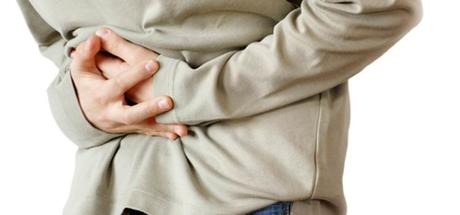
Okay, so it might not be the most fun thing to talk about, but every traveler should be prepared for the possibility of getting traveler's diarrhea. Traveler's diarrhea is a stomach and intestinal infection primarily caused by bacterial pathogens. Often, the infection is spread as a result of improper handling of food or through contaminated water. The risk is particularly high in the developing world and in countries in Asia, the Middle East, Africa, and Latin America; as many as 50 percent of travelers to the developing world develop traveler's diarrhea. While most natives have developed immunity to the bacteria because of constant exposure, visitors can easily become ill. If you're planning to travel to any of these places, it's important to understand how to prevent and treat it.
I don't want traveler's diarrhea ruining my trip. How can I avoid it?
No one wants to spend a vacation, study abroad, or service trip in discomfort. Thankfully, because traveler's diarrhea is largely caused by sanitation issues, it can usually be avoided. To minimize your risk of developing traveler's diarrhea, keep these things in mind:
- Use bottled water for drinking and brushing teeth. If you don't have access to bottled water, you can treat your own water by boiling it for a few minutes.
- Wash your hands regularly and practice good hygiene.
- Keep your mouth closed while showering.
- Don't swim in bodies of water than may be contaminated.
- Avoid raw or undercooked meat or seafood.
- Be cautious with salads, fruits, and vegetables that may have been washed with contaminated water. Stick to fruits that you can peel yourself.
- Avoid unpasteurized milk and dairy products.
- Don't buy food from street vendors. The unsanitary conditions that this food is often cooked in can greatly increase your risk.
- Eat foods that are freshly cooked and served hot.
- Don't use ice cubes.
If you are still concerned, you may want to start taking Pepto-Bismol prophylactically to help prevent traveler's diarrhea. Taking two tabs four times a day can notably decrease the chances of developing traveler's diarrhea. Keep in mind, however, that this can also lead to constipation and should not be done for extended periods of time.
Oh no! I don't feel so good...
Unfortunately, even when practicing the best preventive tactics, there is still a chance that you can contract traveler's diarrhea. If you begin to feel ill, look out for these specific symptoms to determine if you have it:
- Abrupt onset of diarrhea and the urgent need to use the toilet
- Fever
- Nausea and vomiting
- Bloating
- Weakness and discomfort
- Gas
- Cramps
- Loss of appetite
So what do I do now?
If you think you've developed traveler's diarrhea, there's good news: most cases resolve themselves within a few days and without treatment. That being said, even just a few days of discomfort and pain can really put a damper on your trip. To lessen the symptoms and help your body fight the bacteria, make sure you stay very hydrated and consume a lot of salt to replace the lost electrolytes. You may also wish to consider an anti-mobility medication to slow the frequency of diarrhea. In severe cases (three or more loose stools in fewer than 8 hours in addition to vomiting, nausea, or blood) medical attention should be sought, as antibiotics could be necessary.
Don't let traveler's diarrhea ruin your time away. Follow these tips and talk to your doctor before you go to make sure you have a safe and healthy trip.

